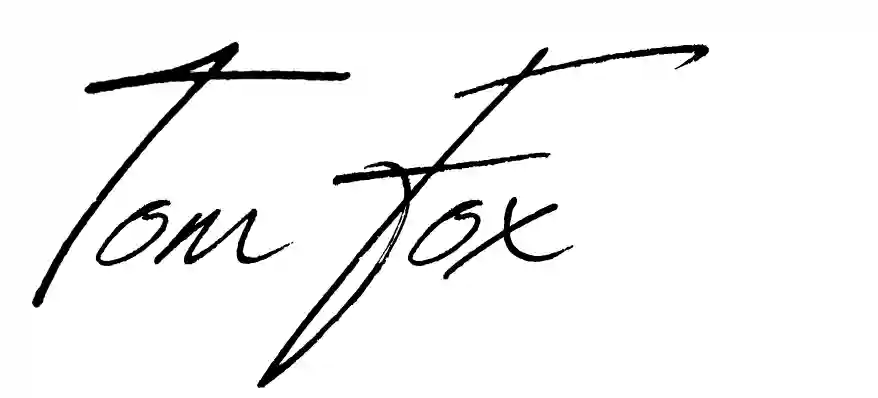The Art of Context: Understanding Human Behavior in Sales
Beyond the Pitch: The Unspoken Power of “Framing” Your Sales Conversation
We often think of sales as a performance, a carefully crafted monologue designed to persuade.
But what if the real magic lies not in the words we say, but in the context we create?
Now, before you start picturing me building an elaborate stage with flashing lights and a fog machine (though, hey, a little drama never hurts), let me clarify – this isn’t about theatrics or showmanship.
It’s about creating the right frame for your sales conversation, setting clear expectations, and guiding your prospect towards a confident “yes.”
So let’s explore why this concept of “framing” is so crucial, not just for sales, but for human interaction as a whole.
Done with the endless sales theory and ready to actually close more deals? If you want to skip the ‘WHY’ and get straight to the ‘HOW’?
Make “Coffee with a Closer” your next move. Get weekly, battle-tested action steps delivered directly to your inbox – no fluff, just results.
The Frame: It’s Like Setting the Mood (and More)
Think of the “frame” as the context for your interaction.
It’s the unspoken agreement between you and your prospect about what’s happening, what the goals are, and what the potential outcomes might be.
It’s the invisible stage upon which your conversation unfolds.
In the early stages of a sales conversation, the frame is usually casual and exploratory.
You’re building rapport, getting to know each other, and uncovering needs.
Imagine it like meeting a new acquaintance at a coffee shop.
The atmosphere is relaxed, the conversation is open, and there’s no pressure to commit to anything.
But when it’s time to transition to the pitch, you need to shift the frame to something more focused and intentional.
This is where many salespeople stumble.
They fail to recognize the need for this shift, and the conversation feels jarring or manipulative.
The Casual Frame vs. the Pitch Frame: A Tale of Two Contexts
Let’s illustrate this with a simple example.
Casual Frame: You’re chatting with a potential client about their challenges with managing their social media. “Oh, it’s so time-consuming! I just wish I had more hours in the day,” they might say.
You empathize, share relatable experiences, and build a connection. It’s like a friendly chat over coffee. You’re both relaxed, there’s no pressure, and the conversation flows naturally.
Pitch Frame: Now, imagine you abruptly launch into a detailed presentation of your social media management service.
Without warning, you’re detailing features, pricing, and ROI.
The client feels blindsided, the mood shifts, and they might feel defensive.
This is like suddenly switching from a casual coffee to a boardroom meeting without any transition.
The difference? The frame.
The pitch frame is more like a business meeting.
It’s time to get down to business, discuss solutions, and explore potential outcomes.
“The frame is your sales contract. Define the terms, build trust, and create a win-win scenario for you and your prospect.”
Tom Fox
The Art of the Transition: Shifting the Frame with Grace
Transitioning from the casual frame to the pitch frame can be tricky.
You don’t want to be too abrupt or pushy, but you also don’t want to waste time beating around the bush.
Here’s a simple script you can use to smoothly shift the frame:
“Hey [Prospect Name], let’s get serious here.
It seems like I might be able to help you with [problem/goal], but before we dive in, I want to make sure we’re on the same page.
I’d like to take a few minutes to explain how my product/service can benefit you, and then we can discuss the financials and see if it’s a good fit. Sound good?”
Why This Works: Understanding Human Psychology
This script works because it acknowledges the need for a shift and respects the prospect’s autonomy.
- Sets clear expectations: It lets the prospect know that you’re about to shift into a more formal presentation of your offering. This reduces anxiety and creates a sense of control.
- Highlights their benefits: It focuses on how you can help them, not just on selling your product or service. This shows that you’re genuinely interested in their needs.
- Gives them control: It gives them the option to say “no” if they’re not interested, which builds trust and respect. This is crucial. Humans are naturally averse to feeling pressured or manipulated. By giving them a choice, you empower them and create a more positive interaction.
The Power of a “Yes” (and the Grace of a “No”): Embracing Authenticity
If they say “yes,” you’re off to the races!
You can confidently proceed with your pitch, knowing that they’re open to hearing more.
But if they say “no,” don’t despair.
It’s better to know upfront that they’re not interested than to waste your time and energy chasing a dead-end lead.
Thank them for their time and move on to the next prospect. This displays respect, and professionalism.
This is a crucial lesson for us as humans.
We often fear rejection, but understanding and accepting a “no” is essential for building authentic relationships.
It allows us to focus our energy on those who are genuinely interested, leading to more meaningful connections.
Ready to master the art of controlling the sales conversation and guide your prospects to confident decisions? Sign up for the “Coffee with a Closer” and receive practical techniques to leverage framing, set clear expectations, and create persuasive sales presentations that maximize your impact and close more deals.
The Pitch Frame: Your Foundation for Success
Setting the right frame for your pitch is crucial for sales success.
It creates clarity, builds trust, and sets the stage for a productive conversation.
So, the next time you’re ready to transition from casual conversation to a sales pitch, remember the power of the frame.
Use a clear and concise script, highlight your prospect’s benefits, and give them the control to say “yes” or “no.”
This will help you close more deals and build stronger relationships with your clients.

PS: Want the most powerful persuasion hacks delivered straight to your inbox? Sign up for the “Coffee with a Closer” today!


